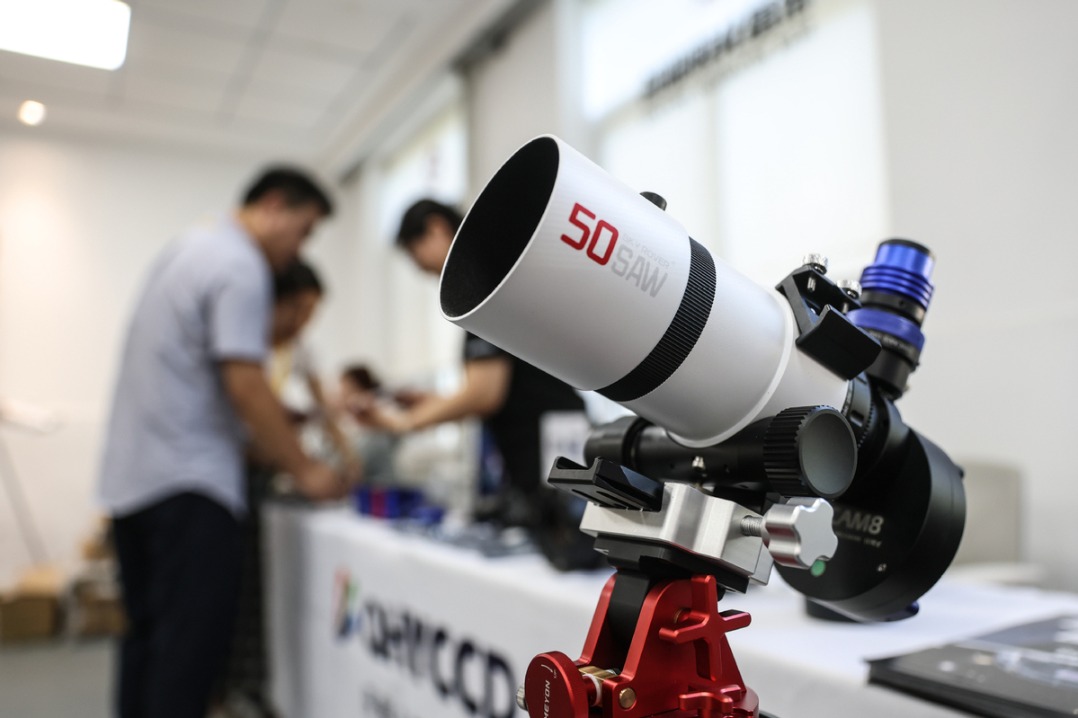Beidou has grown into world-class navigation system


After decades of planning and construction, China possesses one of the world's major navigation satellite systems — the Beidou Navigation Satellite System.
Beidou is currently the country's largest space-based system and one of four global navigation networks, along with the United States' GPS, Russia's GLONASS and the European Union's Galileo.
"Beidou is the fruit of the determination and planning by the Party and the central government, of the concerted effort of numerous people involved in the program, and of the enormous support from the Chinese people," said Yang Changfeng, Beidou's chief architect.
The research and development of a domestically built, space-based navigation and positioning system was approved and started by the government in February 1994, aiming to mitigate the country's heavy reliance on foreign networks.
More than 300,000 scientists, engineers and technicians from more than 400 domestic institutes, universities and enterprises have been involved in Beidou's development and construction.
In June, the final satellite to complete Beidou's third-generation network was lifted by a Long March 3B carrier rocket at the Xichang Satellite Launch Center in Sichuan province and was placed into a geostationary orbit about 36,000 kilometers above the Earth.
The following month, President Xi Jinping announced that the system had been completed and started providing full-scale global services.
Since 2000, a total of 59 Beidou satellites, including the first four experimental ones, have been launched on 44 rockets, with some of them having retired.
Beidou began providing positioning, navigation, timing and messaging services to civilian users in China and other parts of the Asia-Pacific region in December 2012. At the end of 2018, it started providing basic global services.
Now, there are 30 third-generation Beidou satellites in three types of orbit - 24 in medium - Earth orbit, three in inclined geosynchronous satellite orbit and three in geostationary orbit.
Compared with previous ones, the third-generation models feature higher accuracy and stability, a clearer signal and more state-of-the-art technologies such as inter-satellite links, satellite-based augmentation and global emergency search capability, designers said, adding that the new generation is 10 times stronger than the second generation in terms of overall service capability.
Next, China will continue improving the system's capabilities and services, China Satellite Navigation Office has said.
- Heavy rainstorm leaves three dead, four missing in Hebei resort
- Ethnic integration on the grassland
- China renews alerts for rainstorms, high temperature
- Beijing restores power, communications, water-supply to flood-hit villages
- Helicopter sightseeing project takes off over Wuliangsu Lake
- Court calls for judicial aid to inspire innovation





































